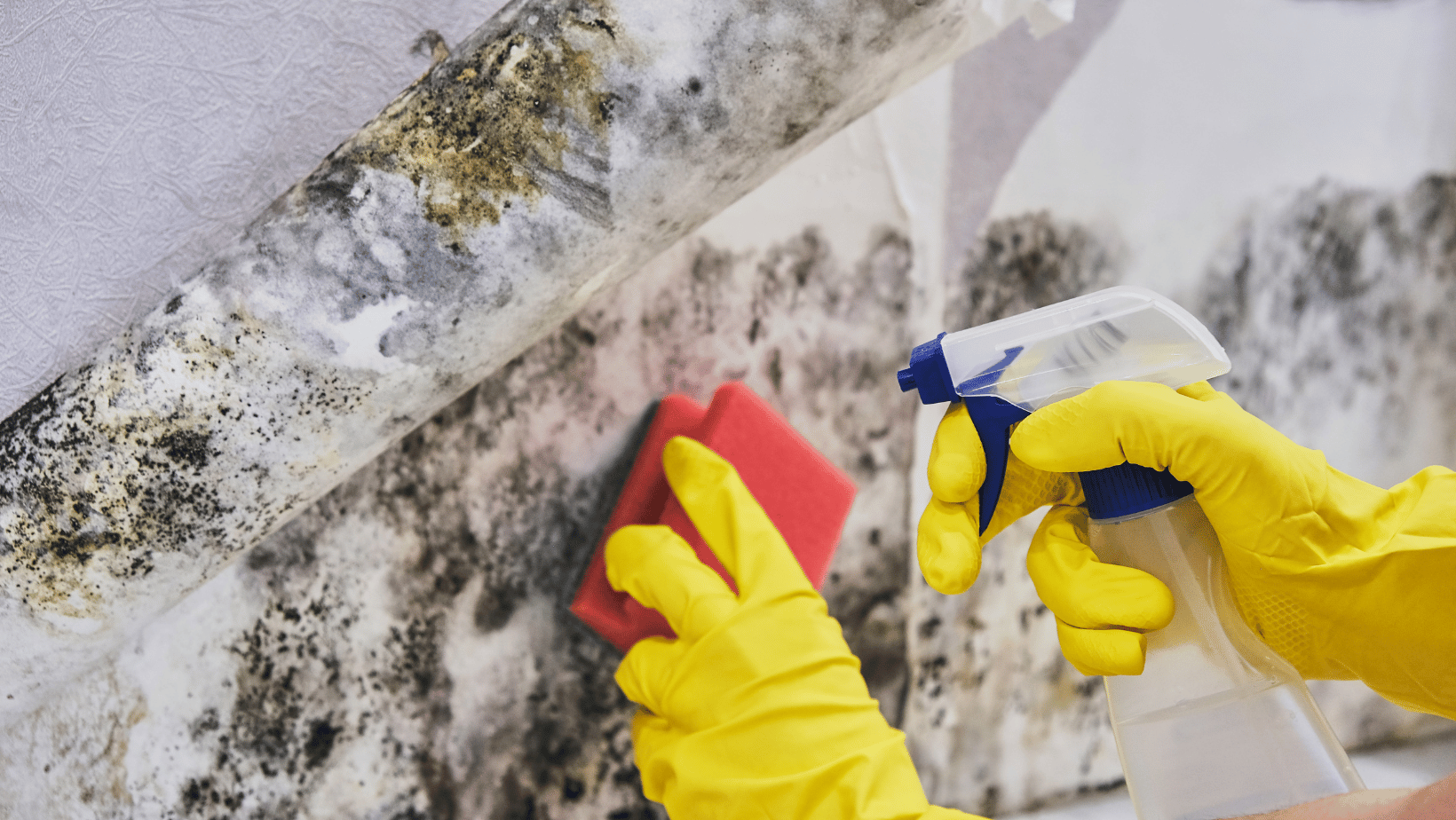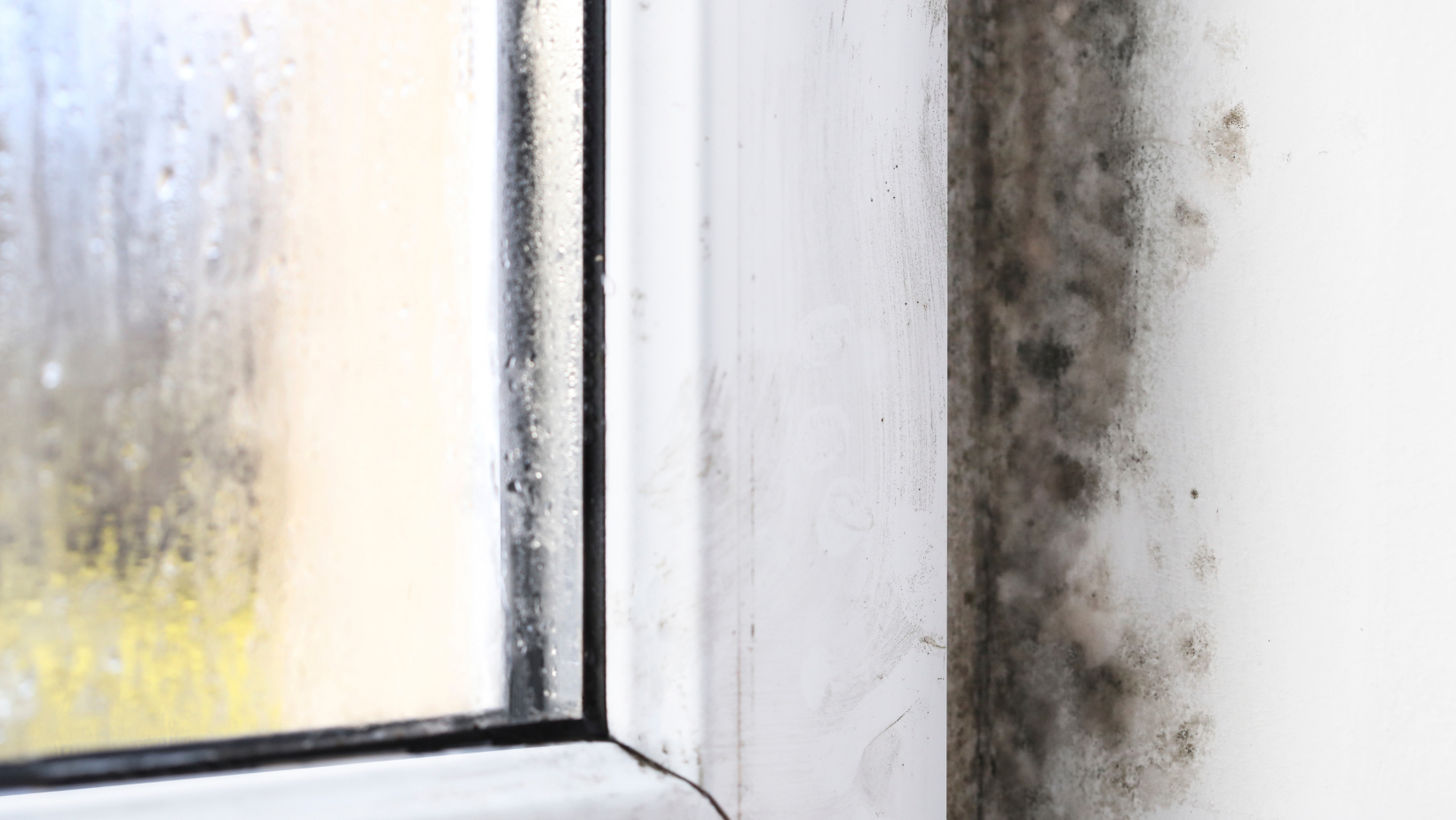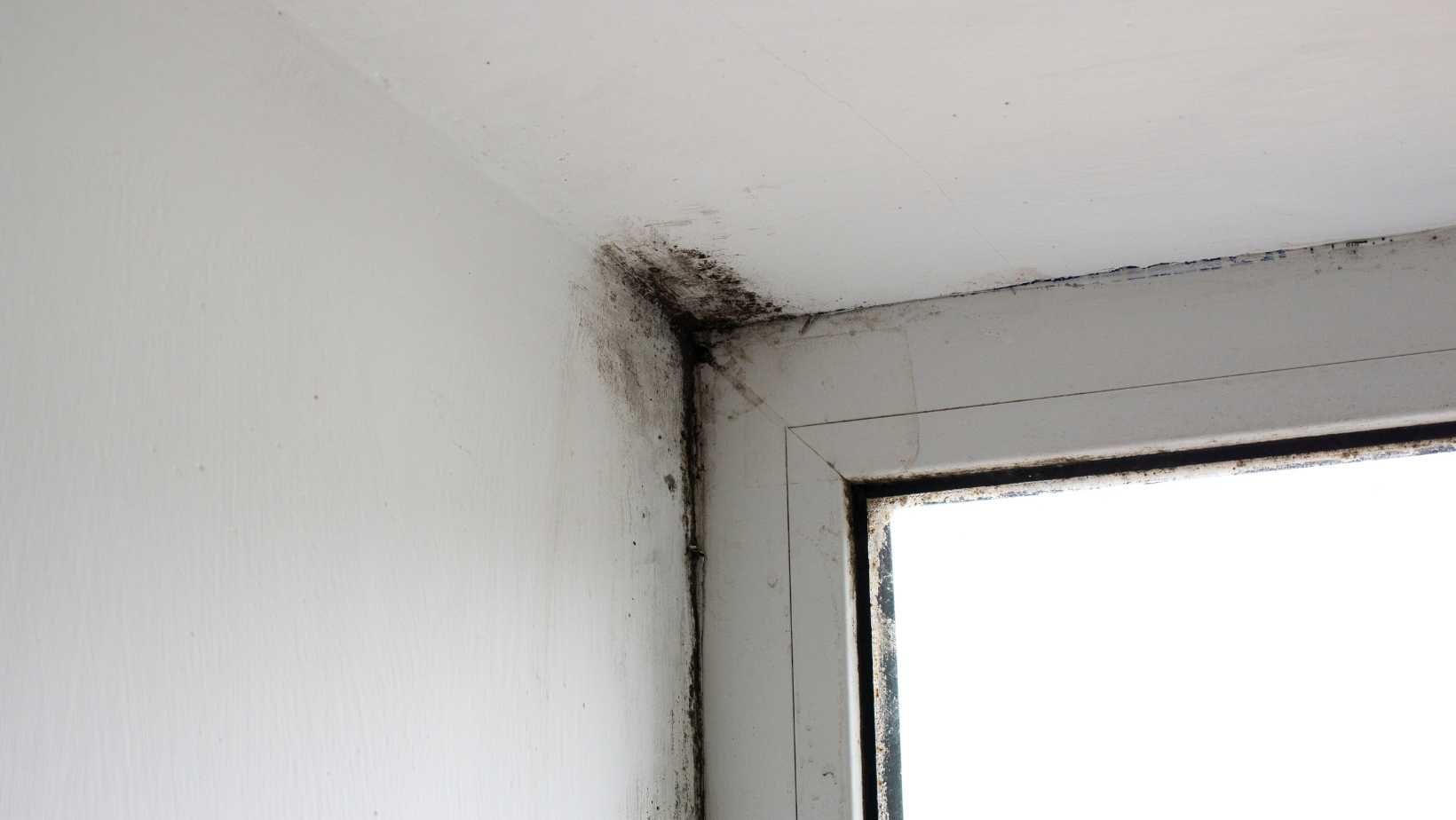DryMax’s Local Mold Experts Dispel Mold Myths & Clarify the Facts About Mold
Mold seems to be a very polarizing topic. Some sources will site the deadly repercussions of mold and have nervous homeowners ready to set fire to the whole building. On the other hand, some sources will claim that mold is nothing to worry about and downplay the importance of proper treatment. Yes, there are extreme cases on either end of the spectrum that will support both views of mold. However, for most cases of mold, the truth is somewhere in the middle. Mold is a very real problem that should be taken seriously, but it is also a very fixable problem that does not require bulldozing the whole house and starting over.
6 Common Misconceptions about Mold in Louisiana Buildings
A little mold education can go a long way in help local Louisiana homeowners properly manage a mold related concern. Misinformation can leave homeowners vulnerable to scare tactics from unscrupulous “pros” trying to sell a massive and potentially unnecessary amount of work. On the other hand, misconceptions that undermine the importance of proper mold remediation can leave homeowners with mistreated mold problems, residual property damage, and more problems down the line. So let us take a closer look at some of the most common mold misconceptions littering the internet and pull back the curtains on the realty and truth behind the myth.
Myth 1: You can just spray the mold with store-bought chemicals or ”mold killers.”
Truth 1: Even “dead” mold spores are viable and can be harmful. The only effective treatment for mold is removal from the environment.
There is no substitute for removal. As with all matter, mold cannot be destroyed – just changed. What happens after an application of a mold killer? The “dead”, seemingly non-viable spores remain in the environment. Even seemingly dead mold spores are viable and can make you and your family sick. Mold management isn’t as simple as spraying and forgetting. Treatments need to be coupled with physical cleaning to actually remove the mold from the contaminated environment. That is why professional mold remediation includes physical scrubbing and detailed wiping with two rounds of HEPA vacuuming to capture dead or live spores. All that mold that has been vacuumed up leaves with the remediation crew.
Furthermore, most “mold killers” were developed to address mold that has developed on the surface. Managing surface mold is meaningless if the embedded mold roots are still intact. Mold is a living, growing organism. Spores germinate and root into porous materials. It is often difficult to effectively clean porous surfaces like moldy wood and moldy drywall because mold tends to root into the fibers of the materials. If the embedded mold roots are left behind, the mold will inevitable grow back after a surface cleaning.
Myth 2: “There should never be any mold inside the home.”
Truth 2: Mold spores are a natural part of the environment around us, so that will always be some spores in the air around us.
Short of a professional “clean room” (i.e.: in a hospital or laboratory), most indoor environments will some have some concentrations of mold spores in the air. Because mold is a naturally occurring organism in the environment around us, spores will naturally migrate in and out of buildings with everyday air exchange at opens such as doors, windows, vents, and more. It is just not practical to expect to be able to eliminate all spores from the indoor environment. With that in mind, the concentration of mold spores in the indoor environment should stay relatively low, specifically less than the concentrations in the outdoor air. If there is excessive spores in the indoor air, or if there is visible and excessive fungal activity, then that means you have a mold problem (and likely a moisture problem) that will require the proper attention and treatment.
Myth 3: “I only need to worry about black mold or toxic mold.”
Truth 3: Above normal levels of mold growth, no matter the color or type, needs to be assessed and properly addressed.
The dangers of “black mold” or “toxic mold” have really been sensationalized. The truth of the matter is, the color of the mold growth does not matter. While the popular “black mold” or stachybotrys is known to produce mycotoxins that can lead health implications, there are numerous other molds that also produce mycotoxins that come in various colors and can cause various health effects. Ultimately, the effects of mold depend a great deal on the individual, their immune system, the type of mold, length of exposure and various other factors.
Most importantly, excessive mold growth of any kid is a problem and needs to be actively removed to ensure the restoration of clean and safe living conditions. Unaddressed fungal growth can lead to damaged building materials and diminished structural integrity; therefore, it should be properly addressed no matter the species. Mold also means underlying moisture problems that can cause significant property damage. Following mold removal, it is important to properly repair the moisture source to prevent regrowth in the future.
If you are worried that exposure to mold in your home could be making you sick, it is recommended to consult a professional mold inspector who will be able to conduct a detailed assessment with mold testing and air quality testing for mold.
Myth 4: Only a professional can remove mold.
Truth 4: Not all situations dealing with mold will warrant professional remediation.
As with any home maintenance issue, not every problem will require professional attention. Smaller areas of fungal growth (especially on non-porous surfaces) is usually manageable by the homeowner. Industry standards dictate that minor areas of mold growth that spans less than 10 square feet (roughly 3ft. x 3ft.) typically do not require professional remediation. Of course, there are situations that are outliers to this guideline. If you have mold sensitivities, if you are allergic to mold, if you’ve had water damage, if you suspect there could be more hidden mold, or if you just want a peace of mind – you should consult a local mold inspector in Louisiana to conduct a detailed inspection before you attempt cleanup on your own.
Myth 5: I can clean up mold on my own.
Truth 5: Most minor mold contaminations less than 10 square feet can typically be cleaned by the homeowner, without professional remediation. However, there are exceptions to this rule.
“Who should do the cleanup depends on a number of factors. One consideration is the size of the mold problem. If the moldy area is less than about 10 square feet (less than roughly a 3 ft. by 3 ft. patch), in most cases, you can handle the job yourself.” – The EPA on mold cleanup.
It is recommended to consult a professional mold remediation company near you if…
- The mold growth seems to cover more than 10 square feet (roughly 3ft. x 3ft.),
- There has been noteworthy water damage in your Louisiana building,
- The mold was caused by contaminated waters (like sewage),
- You suspect the HVAC system might have been contaminated and affecting the indoor air.
- You have mold related health concerns.
When in doubt, consult a professional. Even with smaller areas of mold, if you suspect a bigger issue or are uncomfortable with handling the mold on your own, you should contact a local mold remediation professional near you for help. When it comes to mold, you can be putting your family and your property at major risk. Mistreated or mishandled mold can mean serious implications like cross-contamination, additional property damage, additional health risks and even more costly repairs. Mold removal professionals are specially trained to properly handle mold, minimize risk of cross contamination, and perform a safe cleanup to return safe conditions in your residential or commercial property.
If you are a local homeowner in Acadiana dealing with a mold problem, the trained and certified mold experts at DryMax can help. Contact our local mold remediation team in Ville Platte today to learn more about our services near you -- 337-446-2042.
You might also like
DryMax Mold Blogs




